dimensions of meme-authoring software
por Meng Weng Wong


1. UI design orientation
1.1. three-pane view
1.2. tree browser
1.3. timeline
1.3.1. timeline map
1.3.1.1. horizontal
1.3.1.1.1. plurk
1.3.1.2. vertical
1.3.1.2.1. twitter
1.4. canvas
1.5. text-page
2. multi-modal vs uni-modal
2.1. lightroom's 5 modes
3. audience specification: how does the author describe the reader?
3.1. in email, we have To/CC/BCC
3.2. in voip, etc, we have usernames
3.3. public
3.4. unshared – i am the only audience
4. push or pull protocol
5. asynchronous vs synchronous interaction with correspondents
6. community features: ranking, reputation
6.1. stackexchange
6.2. digg
7. tagging or folders?
8. evidence of participation within a community of discourse
9. support for anonymity
9.1. browsers support private browsing
9.2. why not private writing?
10. context support for threading, back-links and citations
11. rights management
11.1. this email may be blogged or reposted: ask first / yes / no
12. federated vs concentrated
12.1. federated
12.1.1. email
12.2. hybrid
12.3. concentrated
12.3.1. facebook
13. read vs write
13.1. intended for browsing
13.2. intended for searching
13.3. intended for authoring
14. single-user vs collaborative
14.1. sharing-oriented or not?
14.2. time granularity
14.2.1. exclusive lock
14.2.2. wiki last-edit-wins
14.2.3. slow realtime
14.2.3.1. google docs
14.2.4. fast realtime
14.2.4.1. google wave
14.2.5. superfast realtime
14.2.5.1. etherpad
14.2.5.2. subethaedit
15. network-dependent vs offline-capable
15.1. google gears
16. cloud-synchronized vs fragile
16.1. IMAP vs POP
17. time-aware vs achronous display
18. mouse-heavy vs keyboard-heavy
19. content type
19.1. music
19.2. video
19.3. diagram
19.4. photograph
19.5. mixed media
19.6. text
20. graphical UI vs CLI
21. maximalist vs minimalist
21.1. emacs vs vi
21.2. ommwriter vs word
22. opensource vs closed
23. revenue model
23.1. freeware charity hobbyist
23.2. advertising supported
23.3. pay for software
23.3.1. shareware
23.3.2. upfront

